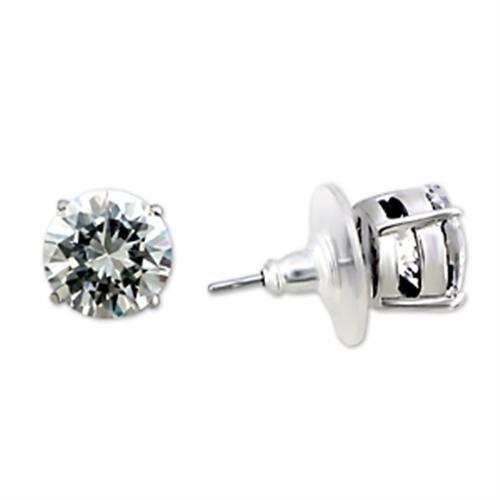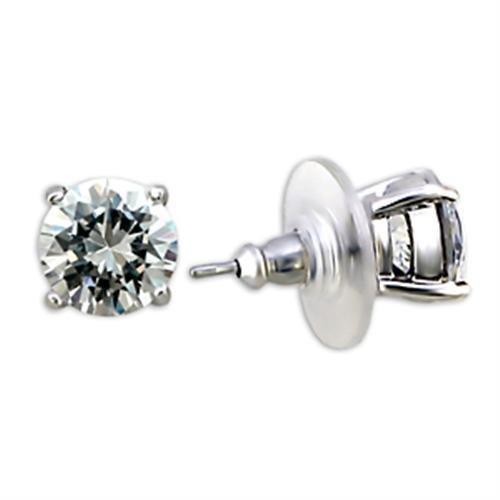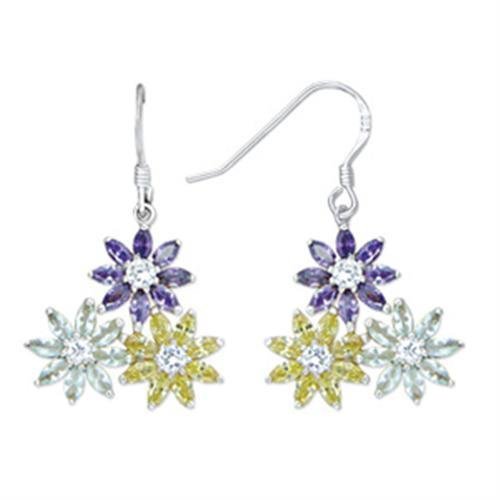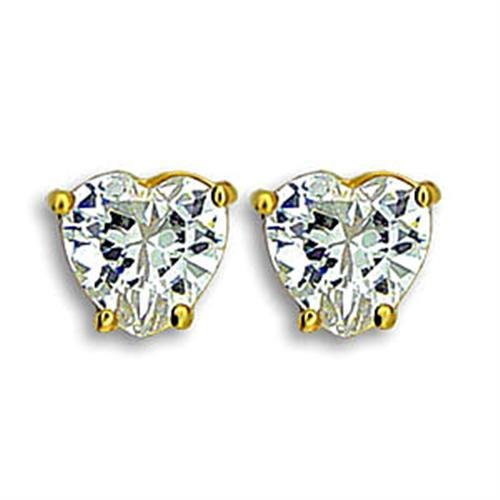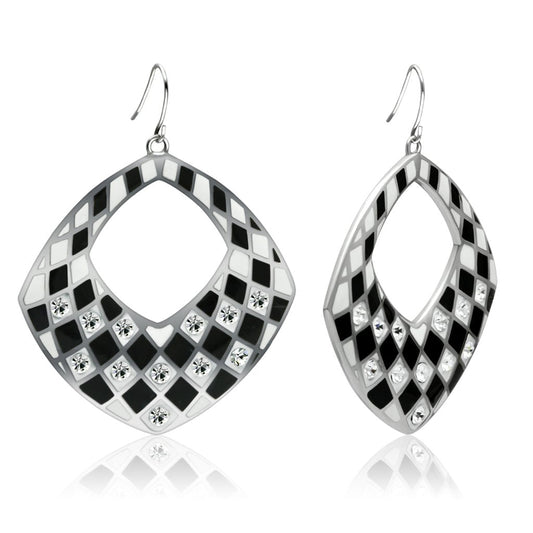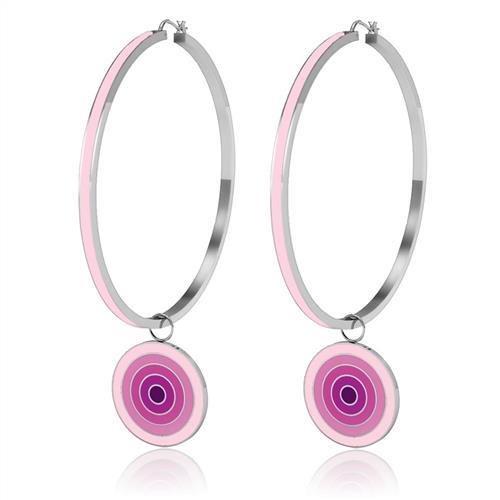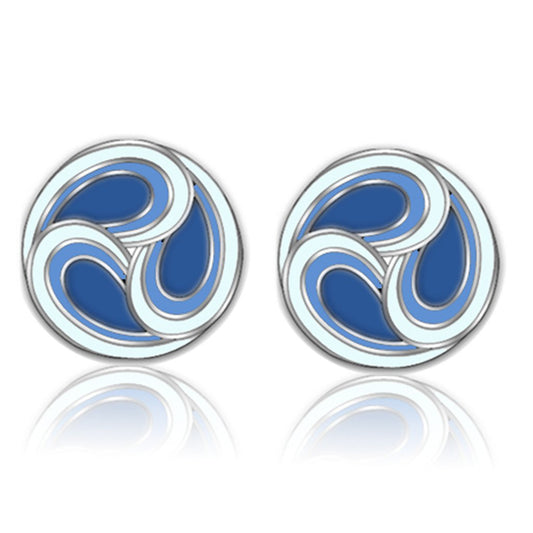Choosing between lab-grown diamonds and natural diamonds for an engagement ring is a significant decision for many couples. This article explores the characteristics, advantages, and considerations of both types of diamonds, helping you make an informed choice that aligns with your values and budget. From cost-effectiveness and ethical sourcing to investment value and unique beauty, we cover all aspects to consider when deciding on your perfect engagement ring.
Table of Contents
- The Appeal of Lab-Grown Diamonds
- The Timeless Beauty of Natural Diamonds
- Comparing Lab-Grown and Natural Diamonds
- Understanding the Formation and Characteristics
- Pros and Cons: A Balanced View
- Market Trends and Consumer Preferences
- Making the Right Choice: Personal and Ethical Considerations
- FAQ
- Conclusion
The Appeal of Lab-Grown Diamonds
Lab-grown diamonds, also known as synthetic or created diamonds, have become increasingly popular. These diamonds are chemically and physically identical to natural diamonds but are created in a controlled environment. They offer several appealing benefits:
- Cost-Effectiveness: Lab-grown diamonds are generally less expensive than natural diamonds, allowing couples to purchase a larger stone within their budget.
- Environmental Friendliness: Producing lab-grown diamonds typically has a reduced carbon footprint compared to traditional diamond mining. They are often marketed as a more environmentally friendly choice.
- Ethical Sourcing: Lab-grown diamonds eliminate concerns related to conflict diamonds and unethical mining practices, making them an ethical choice for conscientious consumers.
- Customization and Clarity: With advanced technologies like HPHT (High-Pressure High Temperature) and CVD (Chemical Vapor Deposition), lab-grown diamonds can achieve high clarity and be customized to specific preferences.
For those considering various jewelry pieces, lab-grown diamonds offer flexibility across different collections, including bracelets and earrings.
Real-Life Examples
More couples are opting for lab-grown diamonds due to their budget-friendliness and environmental benefits. For instance, a couple choosing a ring with a larger lab-grown diamond can achieve their dream engagement look without financial strain. The rising acceptance and demand in the market reflect this shift in consumer behavior.
The Timeless Beauty of Natural Diamonds
Natural diamonds, often referred to as mined or earth-formed diamonds, have been treasured for their rarity and unique geological formation. These diamonds boast distinct advantages:
- Unique Inclusions: Each natural diamond has unique inclusions that tell the story of its formation over millions of years, adding a personal touch to the gem.
- Investment Value: Natural diamonds are often seen as a long-term investment due to their scarcity and historical appreciation in value.
- Legacy and Tradition: Natural diamonds carry a sense of legacy and tradition, often passed down through generations as family heirlooms.
However, there are notable concerns associated with natural diamonds, such as the ethical and environmental impact of diamond mining. Despite the implementation of the Kimberley Process to prevent conflict diamonds, these issues persist.
The Ethical Dilemma
Choosing natural diamonds involves navigating ethical considerations. The diamond mining industry has historically been linked to unethical practices and environmental degradation. While efforts to improve conditions are ongoing, consumers must weigh these factors against their personal values.
Comparing Lab-Grown and Natural Diamonds
Cost and Budget Constraints
Lab-grown diamonds are typically 20-40% less expensive than their natural counterparts, making them an attractive option for couples with budget constraints. This cost difference allows for purchasing a larger or higher-quality diamond without compromising on financial stability.
Environmental Impact
The environmental impact of diamond mining versus lab-grown production is a significant consideration. Lab-grown diamonds offer a more sustainable and carbon-neutral option, reducing the overall environmental footprint of diamond consumption.
Ethical Considerations
Lab-grown diamonds provide peace of mind regarding ethical sourcing. Without the concerns associated with conflict diamonds and unethical mining, they are a guilt-free choice for many.
Aesthetic and Gemological Characteristics
Both lab-grown and natural diamonds share identical chemical and optical properties, making them visually indistinguishable. However, the unique inclusions and formation history of natural diamonds can add a layer of sentimental value.
Understanding the Formation and Characteristics
Lab-Grown Diamonds
Lab-grown diamonds are created using advanced technological processes that replicate the conditions under which natural diamonds form. There are two primary methods:
- HPHT (High-Pressure High Temperature): This method mimics the high-pressure, high-temperature conditions deep within the Earth where natural diamonds form. Carbon atoms are subjected to extreme pressure and temperature, crystallizing into diamonds.
- CVD (Chemical Vapor Deposition): In this process, carbon-rich gases are broken down in a vacuum chamber, and carbon atoms are deposited onto a substrate, growing layer by layer into a diamond.
Both methods produce diamonds that are chemically and physically identical to natural diamonds. These lab-grown diamonds possess high clarity and can be produced in a range of sizes and qualities, offering considerable customization options.
Natural Diamonds
Natural diamonds are formed over billions of years under intense heat and pressure within the Earth's mantle. They are brought to the surface through volcanic eruptions. The natural formation process results in unique inclusions and characteristics that many find appealing:
- Geological Formation: The natural formation process imbues each diamond with unique inclusions and imperfections, which can add to its charm and individuality.
- Rarity and Value: The geological rarity of natural diamonds contributes to their high value and status as symbols of luxury and enduring love.
Gemological Characteristics
Both lab-grown and natural diamonds share identical gemological characteristics, including:
- Chemical Composition: Both consist of pure carbon atoms arranged in a crystal lattice structure.
- Optical Properties: Both types of diamonds exhibit the same brilliance and fire due to their identical refractive indices.
- Hardness: Both are rated 10 on the Mohs scale of hardness, making them equally durable.
Pros and Cons: A Balanced View
Pros: Lab-Grown Diamonds
- Cost-Effective: Lab-grown diamonds are typically 20-40% less expensive, offering a larger diamond for the same budget.
- Ethical Sourcing: Free from concerns related to conflict diamonds and unethical mining practices.
- Environmental Impact: Lower environmental footprint compared to traditional mining.
- High Clarity and Customization: Can be produced with fewer inclusions and tailored to specific preferences.
Pros: Natural Diamonds
- Unique Inclusions: Natural diamonds have distinct inclusions that tell their geological story.
- Investment Value: Historically appreciate in value, making them a potential long-term investment.
- Legacy and Tradition: Often considered timeless and passed down through generations.
Cons: Lab-Grown Diamonds
- Investment Value: Lab-grown diamonds may not appreciate in value like natural diamonds, potentially affecting their long-term investment potential.
- Market Perception: Some consumers still perceive lab-grown diamonds as less prestigious than natural diamonds.
Cons: Natural Diamonds
- High Cost: Generally more expensive, which can be a constraint for budget-conscious buyers.
- Ethical and Environmental Concerns: Issues related to conflict diamonds and the environmental impact of mining.
Market Trends and Consumer Preferences
Increasing Acceptance of Lab-Grown Diamonds
The market for lab-grown diamonds has grown significantly in recent years. As consumers become more aware of the ethical and environmental benefits, demand for these diamonds has risen. The jewelry industry has responded with a broader selection of lab-grown diamond pieces, including necklaces and bangles.
Sustained Demand for Natural Diamonds
Despite the rise of lab-grown diamonds, natural diamonds continue to hold a strong position in the market. Their historical significance, perceived value, and unique beauty ensure continued demand. Many consumers still prefer the traditional appeal of a natural diamond, especially for significant milestones like engagement rings.
Consumer Choice and Personal Values
Ultimately, the decision between lab-grown and natural diamonds boils down to personal values and preferences. Some consumers prioritize ethical sourcing and environmental impact, leading them to choose lab-grown diamonds. Others value the tradition, rarity, and investment potential of natural diamonds. This diversity in consumer choice is reflected in the varied offerings of the diamond industry.
Making the Right Choice: Personal and Ethical Considerations
Ethical Considerations
When deciding between lab-grown and natural diamonds, ethical considerations play a crucial role for many consumers. The diamond industry has faced scrutiny over the years due to concerns about conflict diamonds, also known as blood diamonds. These are diamonds mined in war zones and sold to finance armed conflict against governments. While the Kimberley Process has been implemented to reduce the trade of conflict diamonds, issues still remain.
Lab-grown diamonds offer a clear advantage in this regard:
- Conflict-Free: Since lab-grown diamonds are produced in controlled environments, they are free from the ethical issues associated with mining.
- Reduced Environmental Impact: Lab-grown diamonds generally have a smaller environmental footprint, reducing harm to ecosystems.
Conversely, some consumers argue that the diamond mining industry provides crucial employment and revenue for mining regions, contributing to economic development. For instance, responsibly sourced natural diamonds can support local communities and national economies, especially in countries where mining is a significant industry.
Legacy and Longevity
For many, the legacy and emotional significance of natural diamonds are compelling factors. Natural diamonds have been cherished for centuries and are often viewed as timeless treasures that can be passed down through generations. This sense of continuity and heritage is difficult to replicate with lab-grown diamonds.
However, lab-grown diamonds are gaining acceptance as valuable heirlooms in their own right, especially as societal values shift towards sustainability and ethical consumption.
Aesthetic Appeal
Both lab-grown and natural diamonds offer stunning aesthetic appeal, thanks to their identical chemical and optical properties. However, personal preference plays a significant role here:
- Unique Beauty of Natural Diamonds: The natural inclusions and imperfections of earth-formed diamonds add to their unique character.
- High Clarity of Lab-Grown Diamonds: Lab-grown diamonds often boast fewer inclusions and higher clarity, offering a pristine appearance.
Consumers should consider their own aesthetic preferences and the symbolic meanings they attach to these characteristics when making their choice.
Market Trends and Social Responsibility
The diamond market is evolving, with increasing awareness of social responsibility and sustainability influencing consumer preferences. The rise of lab-grown diamonds reflects broader market trends towards ethical consumption and environmental sustainability. Many young consumers are particularly drawn to the idea of purchasing products that align with their values, making lab-grown diamonds an attractive option.
Natural diamonds, however, continue to hold their place in the market due to their historical and cultural significance. The diamond industry has also made strides in improving mining practices and enhancing the traceability of natural diamonds to ensure ethical sourcing.
Diamond Certification and Provenance
Certification and provenance are important factors to consider when purchasing any diamond, whether lab-grown or natural. Reputable certification from recognized institutions, such as the Gemological Institute of America (GIA), ensures the quality and authenticity of the diamond.
- Lab-Grown Diamonds: Certification provides details on the diamond’s creation process, ensuring transparency and traceability.
- Natural Diamonds: Certification includes information about the diamond's origin, helping to verify its ethical sourcing and adherence to the Kimberley Process.
FAQ
1. What is the main difference between lab-grown diamonds and natural diamonds?
Lab-grown diamonds are created in a controlled environment using technological processes like HPHT and CVD, whereas natural diamonds are formed over billions of years under intense heat and pressure within the Earth's mantle. Both types are chemically and physically identical, but their origins differ.
2. Can you tell the difference between a lab-grown diamond and a natural diamond?
Visually and chemically, lab-grown and natural diamonds are identical. It usually requires specialized equipment and expertise to distinguish between the two. Both types can come with certification from reputable institutions, which indicates their origin.
3. Are lab-grown diamonds real diamonds?
Yes, lab-grown diamonds are real diamonds. They have the same chemical composition, physical properties, and optical characteristics as natural diamonds. The primary difference lies in their origin.
4. Do lab-grown diamonds have the same durability as natural diamonds?
Yes, lab-grown diamonds have the same hardness and durability as natural diamonds. Both are rated 10 on the Mohs scale, making them suitable for everyday wear, including engagement rings.
5. How does the cost of lab-grown diamonds compare to natural diamonds?
Lab-grown diamonds are generally 20-40% less expensive than natural diamonds of similar quality. This cost difference allows consumers to purchase larger or higher-quality diamonds within their budget.
6. Are there any environmental concerns associated with lab-grown diamonds?
While lab-grown diamonds have a smaller environmental footprint compared to traditional diamond mining, they still require significant energy to produce. However, advancements are being made to reduce the carbon footprint of lab-grown diamond production, making them a more sustainable option.
7. Do lab-grown diamonds come with certification?
Yes, lab-grown diamonds can be certified by the same reputable institutions that certify natural diamonds, such as the Gemological Institute of America (GIA) and the International Gemological Institute (IGI). Certification provides details about the diamond's quality and origin.
8. What is the resale value of lab-grown diamonds compared to natural diamonds?
Lab-grown diamonds generally have a lower resale value compared to natural diamonds. Natural diamonds tend to retain and sometimes appreciate in value over time, whereas the resale market for lab-grown diamonds is still developing.
9. Can lab-grown diamonds be insured just like natural diamonds?
Yes, lab-grown diamonds can be insured in the same way as natural diamonds. It's important to have your diamond appraised and obtain an insurance policy that covers loss, theft, and damage.
10. What trends are emerging in the diamond industry regarding consumer preferences?
There is a growing trend towards ethical consumption and sustainability, leading to increased popularity of lab-grown diamonds. However, natural diamonds continue to be highly valued for their rarity and traditional appeal. Consumers are increasingly considering factors such as environmental impact, ethical sourcing, and personal values when making their choice.
Conclusion
In conclusion, the choice between lab-grown and natural diamonds for an engagement ring is deeply personal, influenced by a variety of factors including budget, ethical considerations, environmental impact, and personal values. Both types of diamonds offer unique advantages and cater to different consumer preferences.
Lab-grown diamonds provide an ethical, cost-effective, and environmentally friendly alternative to natural diamonds. They offer high clarity, customization options, and peace of mind regarding ethical sourcing.
Natural diamonds, on the other hand, carry the weight of tradition, rarity, and long-term investment potential. Their unique geological formations and inclusions add to their timeless appeal and emotional significance.
When choosing between lab-grown and natural diamonds, consider what aspects are most important to you and your partner. Whether it’s the allure of a rare natural diamond or the appeal of an ethically sourced lab-grown gem, your decision should reflect your shared values and aspirations.
Key Takeaway: The decision between lab-grown and natural diamonds ultimately depends on personal priorities and values. Both options offer beautiful, high-quality diamonds that can symbolize your love and commitment in a meaningful way.
For more insights and options, explore our collections of rings, necklaces, and other exquisite jewelry pieces at Precious Pulse Jewelry.


